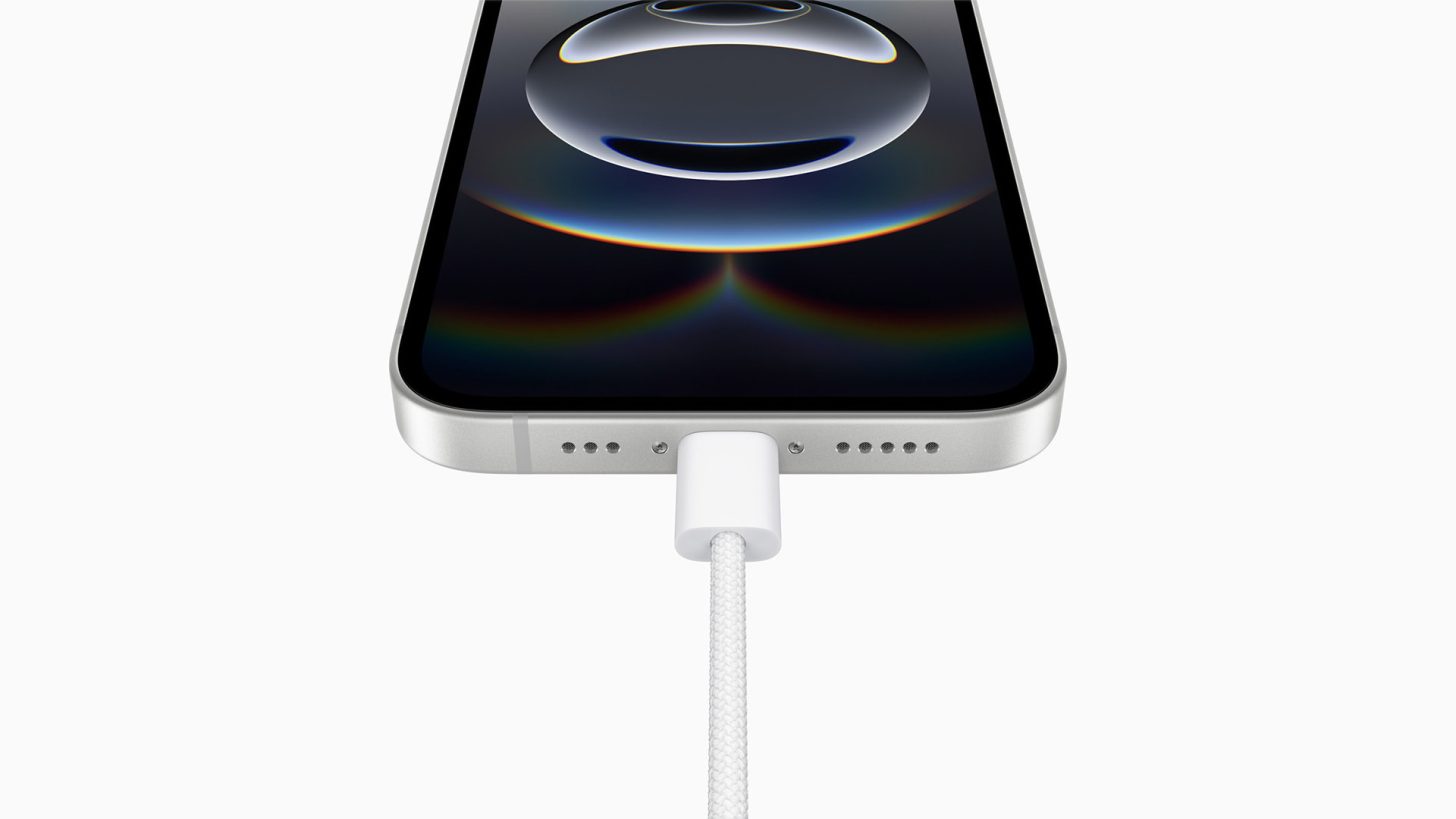MagSafe Mystery Solved: Apple Debunks C1 5G Modem Interference Rumors

Contrary to speculation, Apple's custom C1 5G modem is not the underlying cause for the absence of MagSafe wireless charging in the upcoming iPhone 16e. Tech enthusiasts and industry analysts have been buzzing about potential reasons behind this design choice, but the modem development appears unrelated to the charging technology decision.
Apple's engineering teams carefully consider multiple factors when developing new iPhone models, and the MagSafe wireless charging feature is just one of many considerations in their product design process. While the custom C1 5G modem represents an important technological advancement for the company, it does not directly impact the wireless charging capabilities of the iPhone 16e.
Consumers and Apple fans can expect the company to continue innovating and refining its technology, even if certain anticipated features do not make it into the latest model. The absence of MagSafe in this iteration likely stems from a complex interplay of design, cost, and strategic considerations rather than a single technological limitation.

